多功能保护:REF615C-D继电器Q具备多种保护功能,包括过流、短路、地故障、欠频、过频、欠电压、过电压等,可用于监测和保护电力系统中的设备。通信能力:该继电器支持通信协议Q,如IEC 61850、Modbus等,使其能够与其他设备和监控系统进行通信,实现远程监控和控制。自动化功能:REF615C-D具备自动化功能,可用于实现自动重合闸、电流差动保护、同期操作等高级控制操作。事件记录:继电器能够记录并存储电力系统Q中的事件和故障数据,以便后续分析和故障排查。灵活性:继电器具有可编程的逻辑和控制功能,可根据具体应用需求进行定制。直观的人机界面:设备通常配备易于使用的人机界面,以便操作员监视和配置继电器的工作参数。高可靠性:ABB是一家知名的电力设备制造商,其产品通常具有高可靠性和稳定性。工业级设计:REF615C-D继电器通常设计用于工业环境,具有抗振动、抗污染和防尘功能。
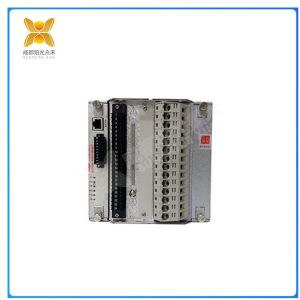
REF615C-D
馈线保护继电器REF615可为电力系统和工业配电网提供保护、控制.测量和监视功能。该继电器是根据IEC 61850规约在全新平台上研发和设计的。这使产品从根本上支持站内设备互操作与水平通信等特性,而不必通过附加的通信模块。该继电器可作为配电网中架空线和馈线的主保护,也可在要求保护与控制功能分开或者要求冗余保护的系统中作为后备保护。根据预先配置,该继电器可用于中性点不接地、电阻性接地、补偿性接地和直接接地的网络,以及架空线和电缆馈线。这几种应用在继电器中均为标准配置。用户在设置后即可直接投运。615系列继电器支持多种通信协议:Modbus 和含GOOSE信息的IEC 61850。
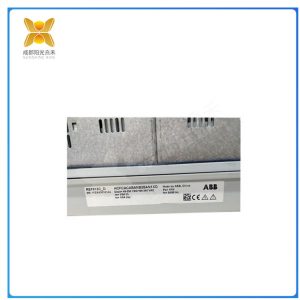
REF615C-D
分散控制系统DCS与集散控制系统TDCS是集4C(Communication,Computer, Control、CRT)技术于一身的监控技术。从上到下的树状拓扑大系统,其中通信(Communication)是关键。PID在中断站中,中断站联接计算机与现场仪器仪表与控制装置。是树状拓扑和并行连续的链路结构,也有大量电缆从中继站并行到现场仪器仪表。模拟信号,A/D—D/A、带微处理器的混合。一台仪表一对线接到I/O,由控制站挂到局域网LAN。DCS是控制(工程师站)、操作(操作员站)、现场仪表(现场测控站)的3级结构。缺点是成本高,各公司产品不能互换,不能互操作,大DCS系统是各家不同的。用于大规模的连续过程控制,如石化等。
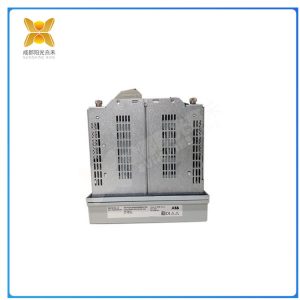
REF615C-D
Multifunctional protection: The REF615C-D relay Q has various protection functions, including overcurrent, short circuit, ground fault, underfrequency, overfrequency, undervoltage, overvoltage, etc. It can be used to monitor and protect equipment in the power system. Communication capability: This relay supports communication protocols such as IEC 61850, Modbus, etc., enabling it to communicate with other devices and monitoring systems, achieving remote monitoring and control. Automation function: REF615C-D has automation function, which can be used to achieve advanced control operations such as automatic reclosing, current differential protection, and synchronous operation. Event recording: The relay can record and store event and fault data in the power system Q for subsequent analysis and troubleshooting. Flexibility: Relays have programmable logic and control functions that can be customized according to specific application requirements. Intuitive human-machine interface: Equipment is usually equipped with an easy-to-use human-machine interface for operators to monitor and configure the working parameters of relays. High reliability: ABB is a well-known manufacturer of power equipment, and its products typically have high reliability and stability. Industrial grade design: REF615C-D relays are typically designed for industrial environments and have anti vibration, anti pollution, and dustproof functions
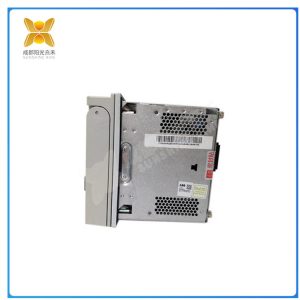
REF615C-D
The feeder protection relay REF615 can provide protection, control, measurement, and monitoring functions for power systems and industrial distribution networks. This relay was developed and designed on a new platform according to the IEC 61850 protocol. This enables the product to fundamentally support features such as interoperability and horizontal communication between on-site devices, without the need for additional communication modules. This relay can serve as the main protection for overhead and feeder lines in the distribution network, and can also serve as backup protection in systems that require separation of protection and control functions or require redundant protection. According to pre configuration, this relay can be used for networks with ungrounded neutral points, resistive grounding, compensatory grounding, and direct grounding, as well as for overhead lines and cable feeders. These applications are standard configurations in relays. Users can directly put it into operation after setting it up. The 615 series relays support multiple communication protocols: Modbus and IEC 61850 with GOOSE information.
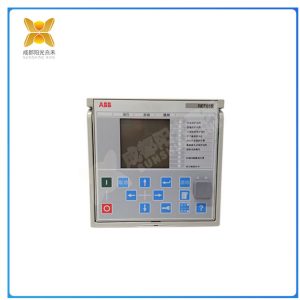
REF615C-D
DCS and TDCS are monitoring technologies that integrate 4C (Communication, Computer, Control, CRT) technology. A tree like topology system from top to bottom, where communication is the key. In the interrupt station, PID connects the computer with on-site instruments and control devices. It is a tree topology and parallel continuous link structure, with a large number of cables running parallel from relay stations to on-site instruments and meters. Analog signal, A/D-D/A, mixed with microprocessor. One instrument is connected to the I/O line by line and connected to the local area network LAN by the control station. DCS is a three-level structure consisting of control (engineer station), operation (operator station), and on-site instruments (on-site measurement and control station). The disadvantage is that the cost is high, and the products of each company cannot be interchanged or interoperated. The large DCS system is different from each other. Used for large-scale continuous process control, such as petrochemicals

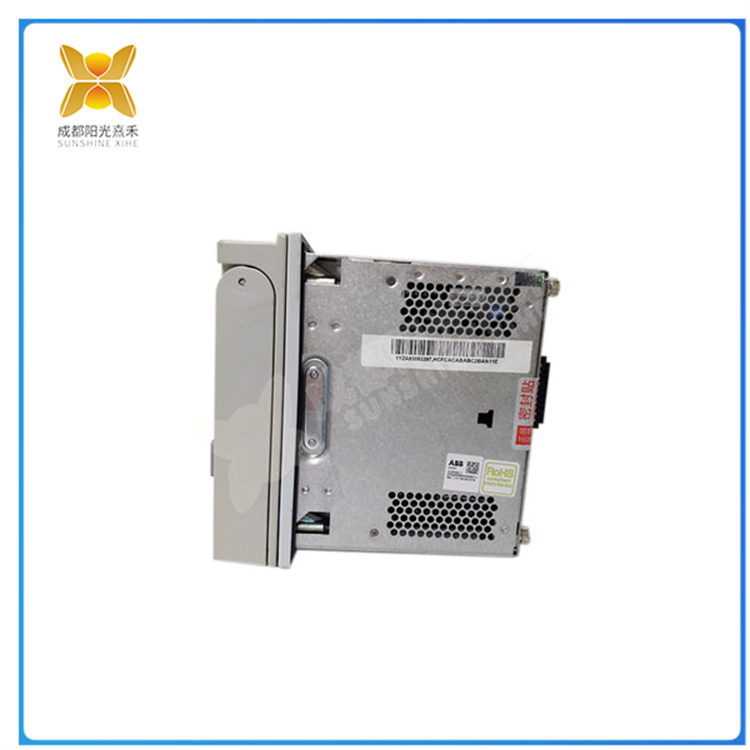
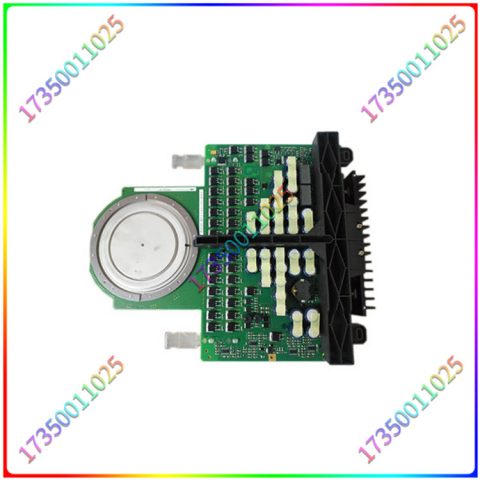
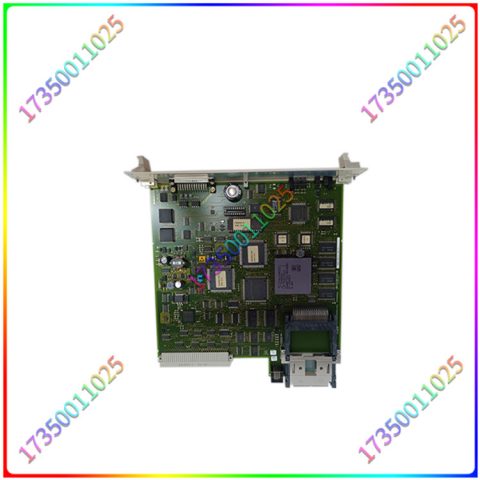
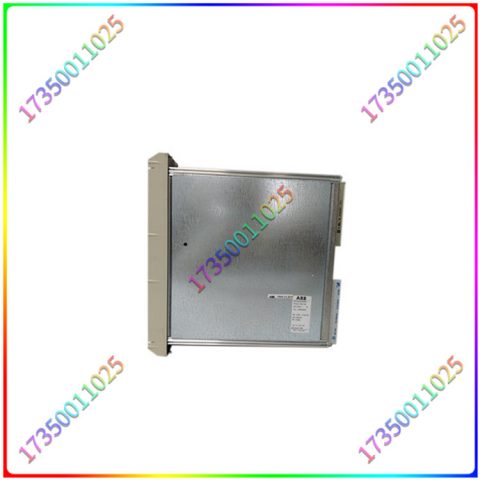
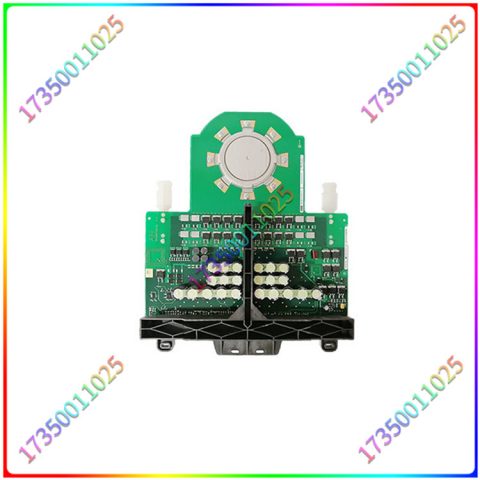
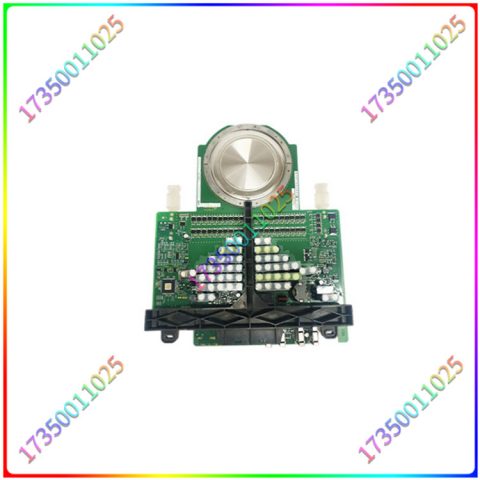
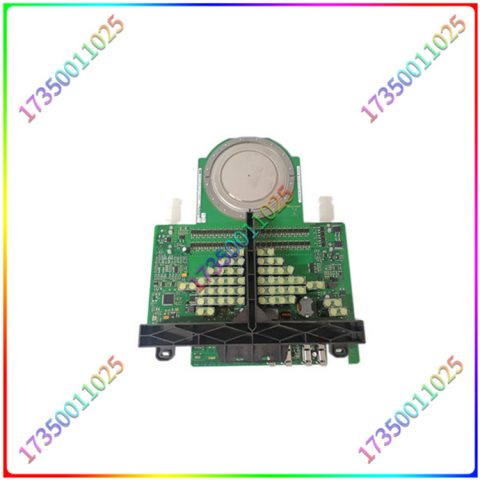
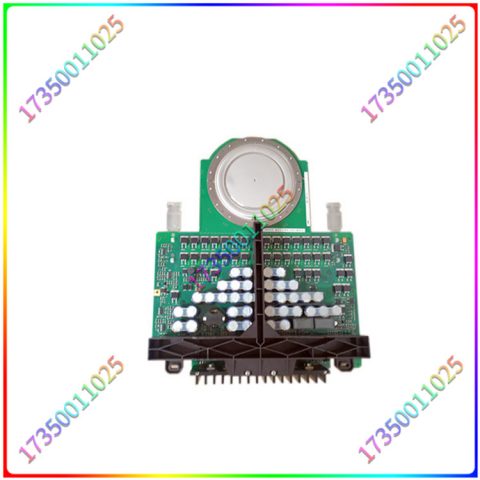
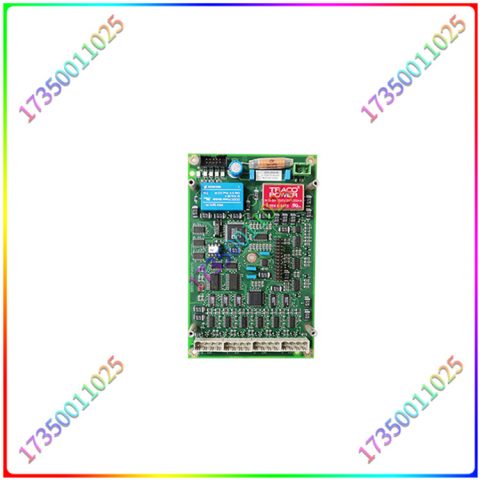
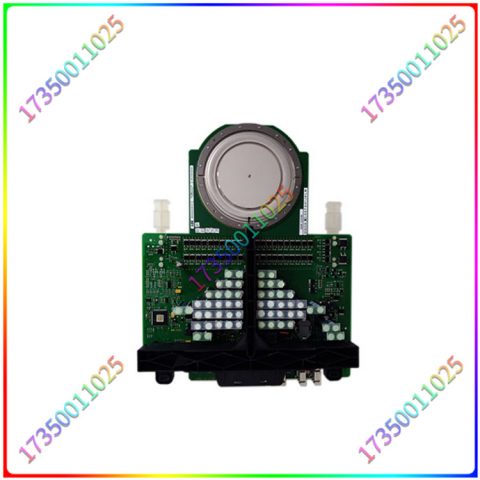
There are no reviews yet.